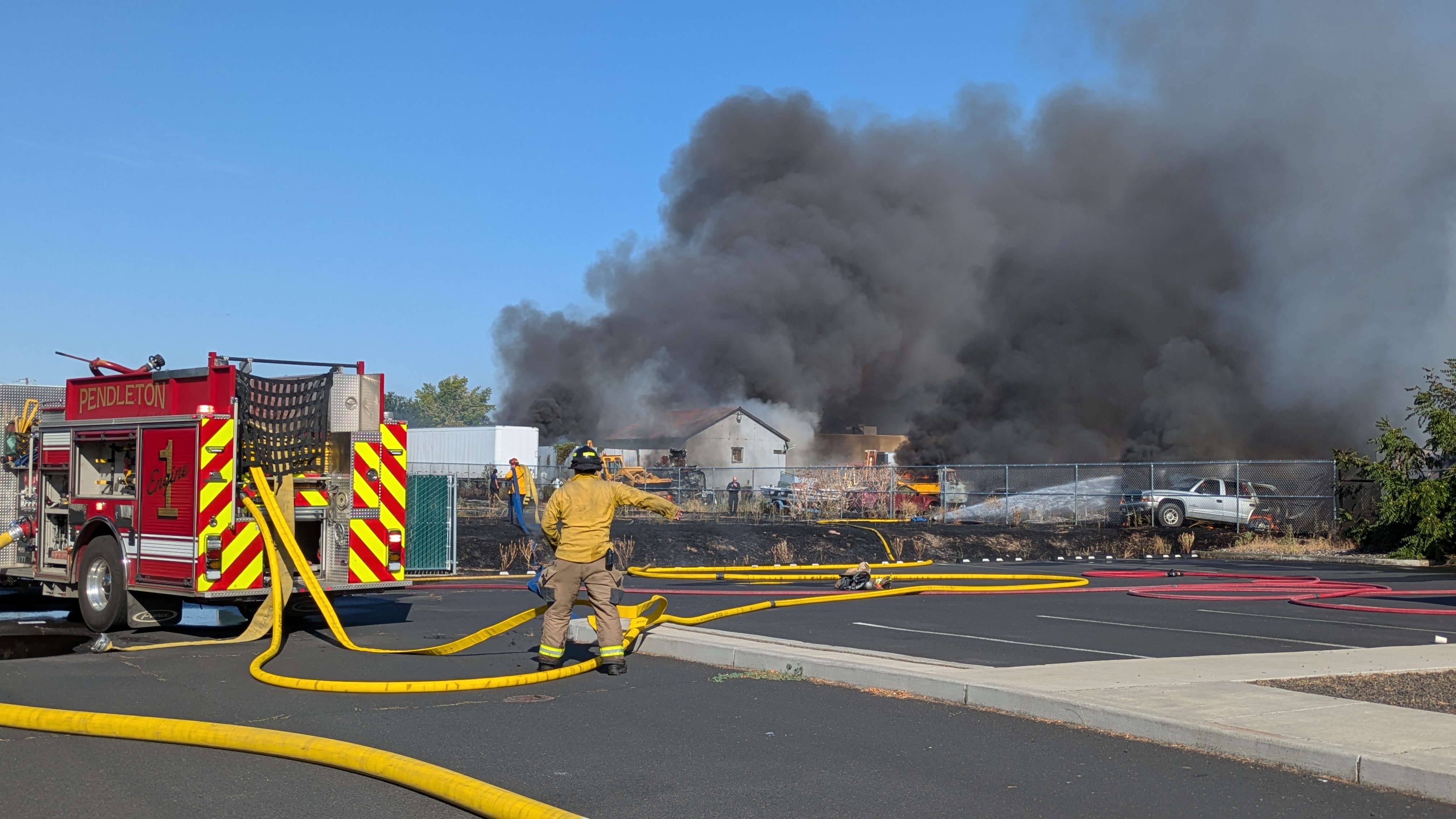Oregon governor declares drought in Baker, Lincoln counties
Published 4:47 pm Friday, July 11, 2025

- The first-ever fireworks show illuminates the sky on July 27, 2024, during the 40th annual Irrigon Watermelon Festival. This year’s event is July 26, 2025, at Irrigon Marina Park, and will again be capped off with fireworks at dusk. (Trista Seastone/Contributed Photo)
Oregon Gov. Tina Kotek declared drought emergencies July 10 for Baker County in Eastern Oregon and Lincoln County on the Oregon Coast.
These are the first and second drought declarations for Oregon this year.
No other Oregon counties had requested drought declarations as of the morning of July 11, said Cameron Greenwood, Oregon Water Resources Department hydrologist.
Trending
Baker County Commissioner Shane Alderson said he expected other counties to ask for assistance as hot and dry weather continues.
Oregon had a strong snowpack and was free of drought in late March.
Fast forward a few months and the state is parched.
Oregon’s April through June was the fourth driest on record and the seventh warmest, said Larry O’Neill, state climatologist and Oregon State University professor.
“The soils dried out really rapidly,” O’Neill said.
According to the U.S. Drought Monitor, roughly 11.6% of the state was in severe drought, which covered large sections of Northwest and Northeast Oregon.
Trending
“Unfortunately, some of those areas in Northeastern Oregon will move into extreme drought in the coming weeks,” said O’Neill, a member of the council that advises the governor on drought declarations.
About 43.6% of Oregon was in moderate drought and the rest of the state was abnormally dry.
O’Neill said the Oregon Coast is seeing daily record lows for streamflow, and major waterways such as the Siletz and Alsea rivers may reach all-time lows.
Coastal towns could have water availability issues in the coming months, he said.
“Despite a relatively normal water year thus far, the Oregon Coast has seen remarkable declines in conditions through spring and into summer,” Greenwood said, in an email.
Experts said farmers and ranchers across the state are relying more on irrigation.
In the Willamette Valley, water supply problems aren’t anticipated for irrigators, but recreation on reservoirs likely will be impacted, O’Neill said.
In Northeastern Oregon, there are reports of lower yields for summer crops such as hay, alfalfa and onions.
“Cropland that doesn’t have access to irrigation or dry land, I’m a little worried,” O’Neill said.
Southern Oregon, including the Klamath Basin and the Rogue Valley, is doing better than normal for water availability, he said.
According to the U.S. Drought Monitor, all of Tillamook, Polk, Washington, and Yamhill counties in Western Oregon were in severe drought, and so were portions of Clatsop, Clackamas, Columbia, Lincoln, Marion and Multnomah counties.
In Eastern Oregon, swaths of Baker, Umatilla, Union and Wallowa counties were in severe drought.
According to the governor’s office, drought in Baker and Lincoln counties is likely to have a significant economic impact on the farm, ranch, recreation, tourism and natural resource sectors, as well as an impact on drinking water, fish and wildlife, and important minimum flows for public instream uses and other natural resources.
Extreme conditions are expected to affect local growers and livestock, increase the potential for wildfire, shorten the growing season and decrease water supplies.
The drought declarations unlock a number of emergency tools, including assistance to local water users.









